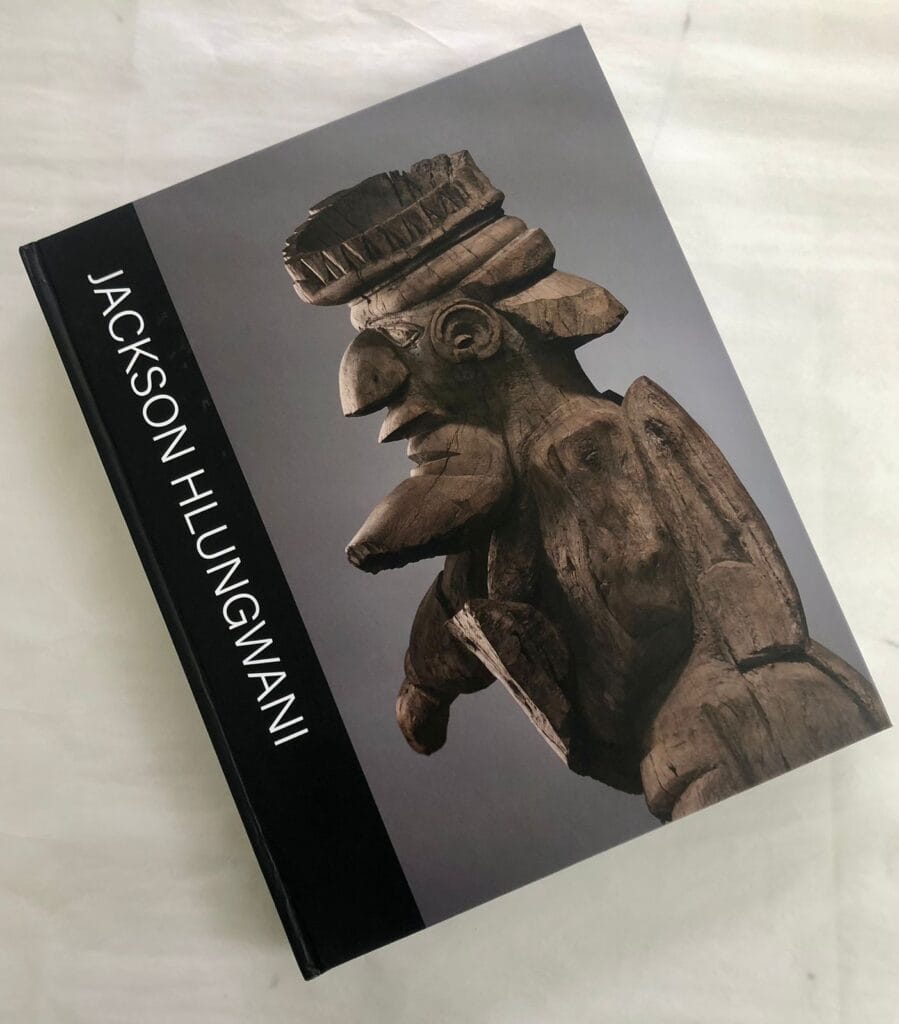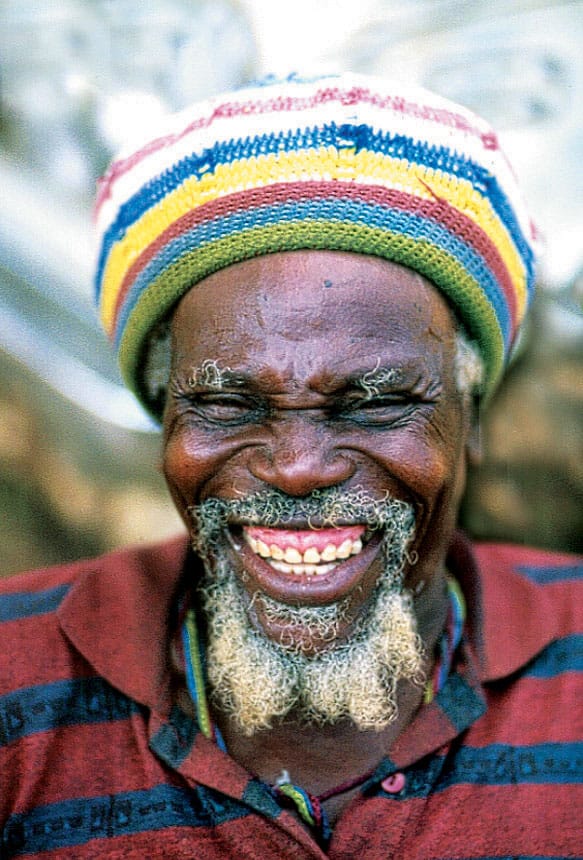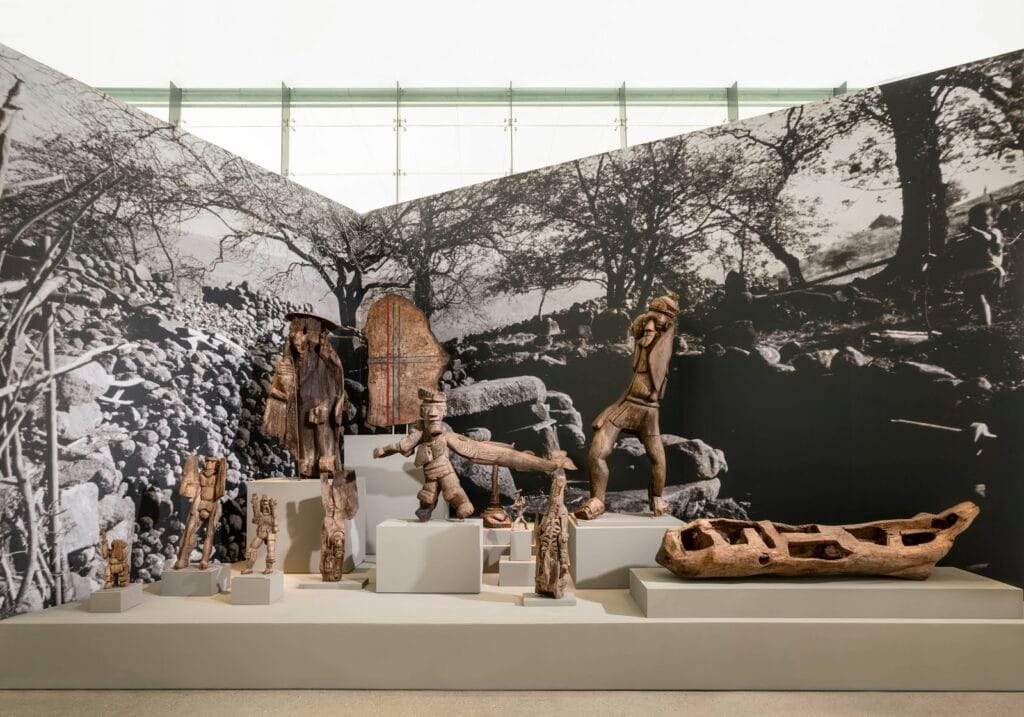BOOK REVIEW | JACKSON HLUNGWANI
Written by Hendrik Fourie.


Jackson Hlungwani, titled after the artist (born c. 1923), takes the reader on a journey of his personal life, mission and work. Edited by Nessa Leibhammer, Karel Nel & Elizabeth Burroughs, the book delves deeply into the creation of the artist’s home, which he called New Jerusalem. This site, at Mbhokota in Limpopo close to Louis Trichardt, was sacred to him and was where he created a pilgrimage route, populated with sculptures. It is here that he would preach to his congregation. This publication endeavours to unfold how Christianity and Africa shaped his life and sculptures.
Born into a Tsonga-speaking family in north-eastern South Africa in the now dissolved Venda region, he was named after his grandfather and learnt the skills of wood-carving and carpentry from his father. Upon losing a finger in a work-related accident in Johannesburg where he worked only for a short period of about three years, he decided to return to his home to embark on a journey which was no-doubt spiritual as much as it was literal in a quest to find inner-peace.
He had already turned to Christianity, becoming an ordained priest in the Zion Christian Church. However, after some years he left declaring it was not a true ‘African’ church. Founding his own church he created many sculptures as a way of teaching his congregation. These depict themes of spirituality and his closeness with God in a highly personalised and idiosyncratic manner. Some of his iconography appears to be inspired by the ancient orthodox Christian Church of Axum in Ethiopia that dates back to the 3rd century AD. This is explored in a chapter, ‘The Influence of African Christianity: Hlungwani and His Sacred Sculpture’ by Raïta Steyn and Elizabeth Burroughs. Hlungwani’s work, then, seems to be best understood from this perspective – his African Christian-roots.

Copyright: © Michael Craig Hall, All Rights Reserved
An interview by Karel Nel with journalist Jameson Maluleke, who authored an unpublished monograph on Hlungwani in the 1990s, becomes a rich source of information on the artist and forms the basis of the chapter, ‘God’s Own Artist.’ An interview with Vonani Bila by Amos Letsoalo gives another intriguing look into the life of the artist and especially the influence of the Bible on his work and life. Karel Nel takes the reader on an insightful journey with the artist as he searches for meaning in his genealogy through a study of motifs including feet, fish, hands and eggs.
After the sculptor agreed to sell the two main groups of sculptures, the Altar of God and the Altar of Christ, from his New Jerusalem – the site began to slowly deteriorate and today there is nothing left. The Altar of God was bought by the Wits Art Museum and the Altar of Christ by the Johannesburg Art Gallery. While a number of exhibitions of the sculptor’s work have occurred since 1984, the exhibition Jackson Hlungwani: Alt and Omega at the Norval Foundation, on which this publication is based, is the first time that the two altars were brought together, giving a sense of the power and meaning they once held on the New Jerusalem site.
The detailed plan and layout of New Jerusalem and accompanying photographs of the artist’s altars and other work embodying his visions of God and Christ, other angels and various characters found in the Old and New Testament are especially intriguing. Many give us a glimpse of Hlungwani’s humorous side as seen in Christ Playing Football, which brings the Christ figure into the everyday realm providing a saviour that is part of this world rather than an inaccessible heavenly apparition.
The beautifully bound book also features the artist’s sources and early works by means of wonderfully captured photographs, as well as an illustrated timeline, that helps the reader understand Jackson’s early influences and background. The publication takes both reader and scholar on a fascinating journey of Jackson Hlungwani’s life, both on a personal level and as a serious, yet under-acknowledged artist of his time. It helps the reader to get perspective into the thoughts and process of how the artist gave life to his ideas. Marvelously captured images and information, laced with interviews with those who knew him, makes for a unique, must-read for any serious scholar of African sculpture. This hardcover book is of exceptional quality, comprising 387 pages and divided into eighteen sections of which ten chapters are dedicated to the work and life of the artist himself – the publication is a must-have for interested scholars of African sculpture and the history thereof.

